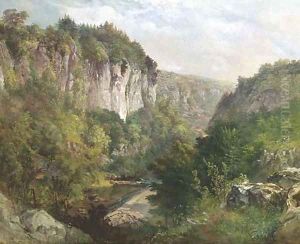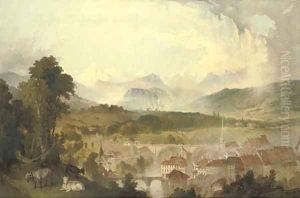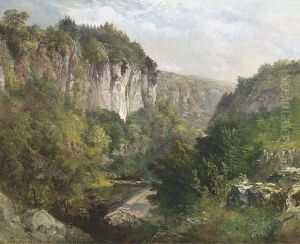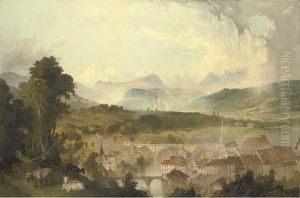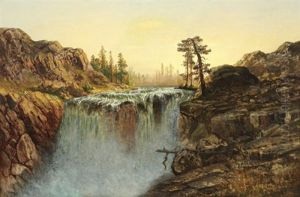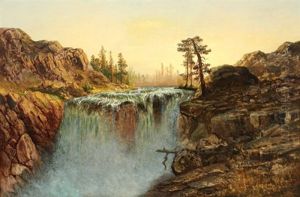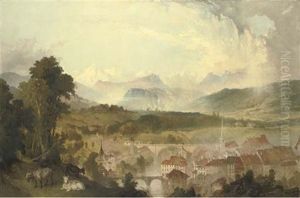James Astbury Hammersley Paintings
James Astbury Hammersley was an American artist, born in 1916 in Detroit, Michigan, and passed away in 1999. Hammersley was part of the vibrant post-World War II art scene in the United States, a period that saw the emergence of Abstract Expressionism and a newfound interest in exploring the boundaries of abstraction and expression in visual art. Despite not being as widely recognized as some of his contemporaries, Hammersley's work contributed significantly to the development of mid-20th century American art, particularly on the West Coast.
Hammersley's artistic journey began with his education; he studied at various institutions, including the Art Students League in New York, which played a crucial role in shaping the careers of many American artists. His early works were influenced by European modernism, but as his style evolved, he began to experiment with abstract forms and color, which became hallmarks of his mature style. Hammersley was a versatile artist, working in painting, printmaking, and photography, and his approach to art was characterized by a constant experimentation with materials and techniques.
His move to California in the late 1940s marked a significant phase in his career, where he became associated with the burgeoning West Coast art scene. Here, Hammersley became an influential figure among a group of artists who were exploring new directions in abstract art. He was known for his hard-edge paintings, a style that emphasized clean, crisp edges and pure color fields. This style contrasted with the more gestural and expressive techniques of many Abstract Expressionists, positioning Hammersley as a distinctive voice in American art.
Throughout his career, Hammersley remained committed to the exploration of abstraction, and his work underwent several transformations. Despite the shifts in his artistic approach, his work retained a sense of precision and a deep fascination with the interplay of form and color. Hammersley's contributions to art were recognized through exhibitions and retrospectives, both during his lifetime and posthumously. However, his legacy, while respected among art historians and collectors, remains somewhat underappreciated in the broader narrative of American art history.
Hammersley's death in 1999 marked the end of a prolific career, but his work continues to be studied and admired for its innovation and its role in the development of abstract art in America. Through his exploration of color, form, and composition, James Astbury Hammersley left an indelible mark on the visual language of the 20th century.
